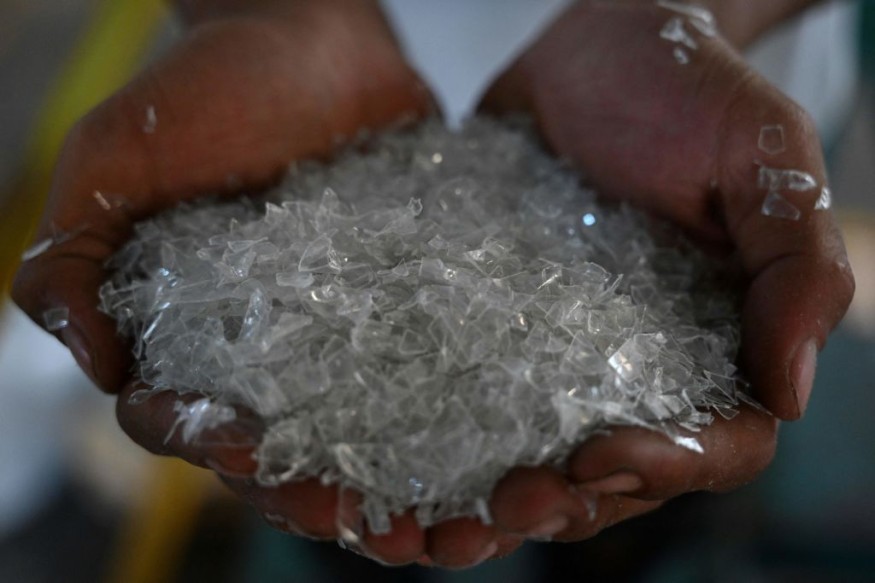Plastics are one of the many groups of materials invented in the 20th century and the Industrial Revolution prior to that have been integrated to modern life. Today, plastics are continued to be manufactured by various industries for various usage, ranging from kitchenware, electronics, construction, packaging, commercial products, and among others.
Amid its benefits, the material group has also become a problem both to our health and the environment. In spite of being reusable, not all plastics are fully utilized, with some ending up on dumpsters and landfills. There are also instances where plastics are sent into the environment, including the ocean, a part of the biosphere gradually consumed by plastic pollution, affecting marine life.
Now, a new study led by researchers in the United States found nanoplastics, which are very tiny particles of plastics, unexpectedly create reactive oxidizing species when exposed to light. In the field of chemistry, "reactive oxygen species" are highly reactive chemicals and a type of unstable molecule that still contains oxygen but reacts with other molecules inside a cell.
The findings could address the issue of plastic pollution which has affected not only aquatic ecosystems but also terrestrial wildlife. In recent years, scientists have found the presence of nanoplastics or microplastics not only in these environments but also in sewers, internal organs, blood stream, and even in snowfall above the Alps mountain range.
Reactive Oxidizing Species

The study was published in the journal ACS Nano in December 2022 where researchers acknowledged that plastic debris can break down into millions of pieces that negatively affect natural organisms, a process which could last for hundreds of years.
While nanoplastics or microplastics can harm different species and the environment, there is little attention given to the said chemical reactive oxidizing species that they produce during photolysis or exposure to light illumination.
In particular, the research team showed how photochemical reaction of these plastic particles through light absorption produce peroxyl and superoxide radicals on surfaces of nanoplastics; these starts the oxidation process of manganese into manganese oxide solids, as summarized by Phys.org.
Plastic Pollution
In February 2022, the Organization for Economic Co-operation and Development (OECD) released a report stating the world is producing twice as much plastic waste than it was two decades ago. Most of the bulk ends up in landfill, incinerated, or leaked into the environment. The report adds only 9% of plastics are successfully recycled.
The OECD emphasized rising populations and incomes also increase the amount of plastic being used and thrown away, highlighting that policies to curb this leakage into the environment are lacking. In addition, the organization says most plastic pollution comes from improper collection and disposal of large plastic debris called macroplastics.
Despite awareness of the issue, plastic production and plastic use is still at its highest. This is compared to data on recycling which is only approximately 10% of the plastic we produce, according to the United Nations Educational, Scientific and Cultural Organization (UNESCO).
UNESCO's cited estimation on worldwide recycling is only 1% higher than those of the OECD report, but the figure shows that reusing plastics are lagging behind plastic production.
© 2026 NatureWorldNews.com All rights reserved. Do not reproduce without permission.





